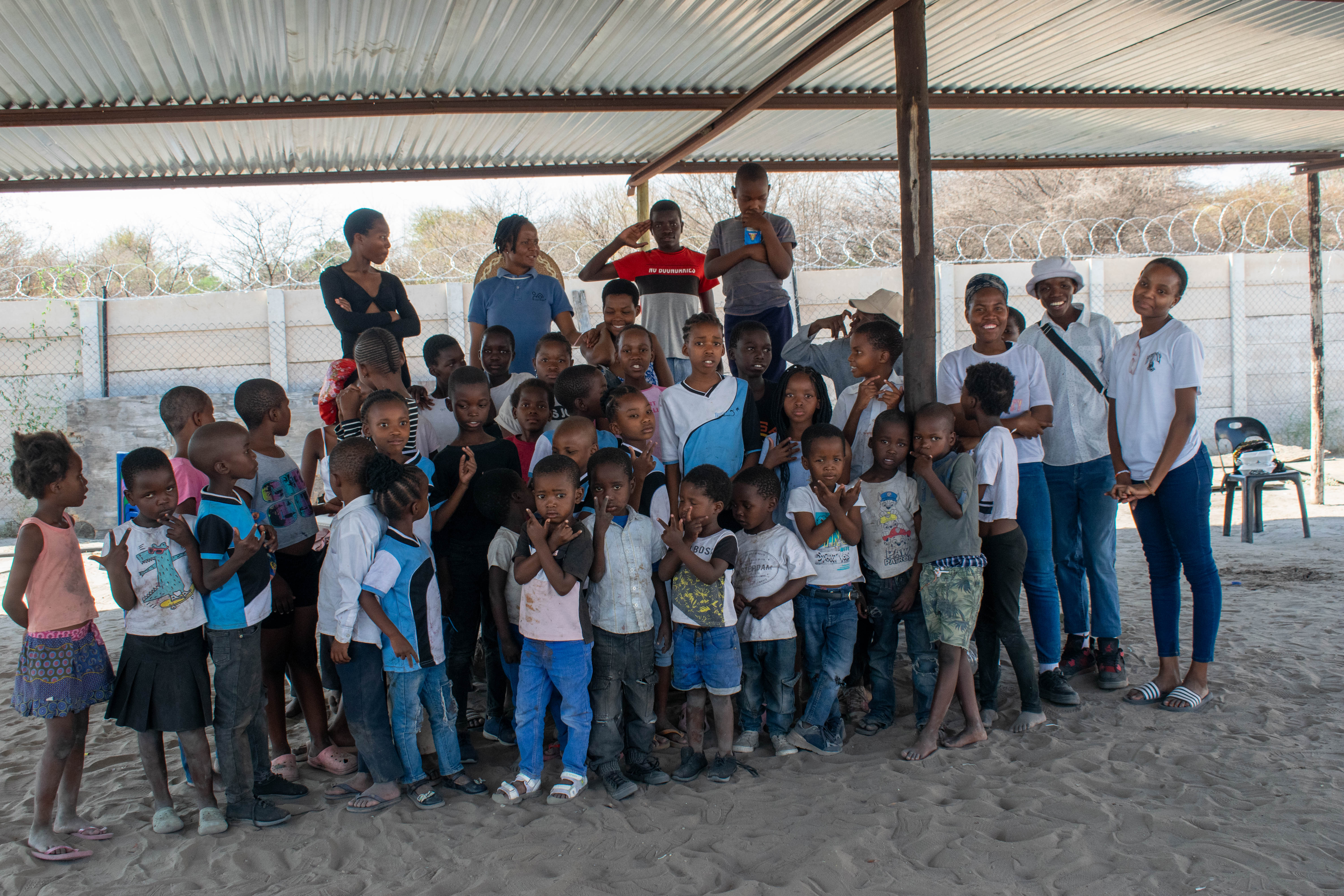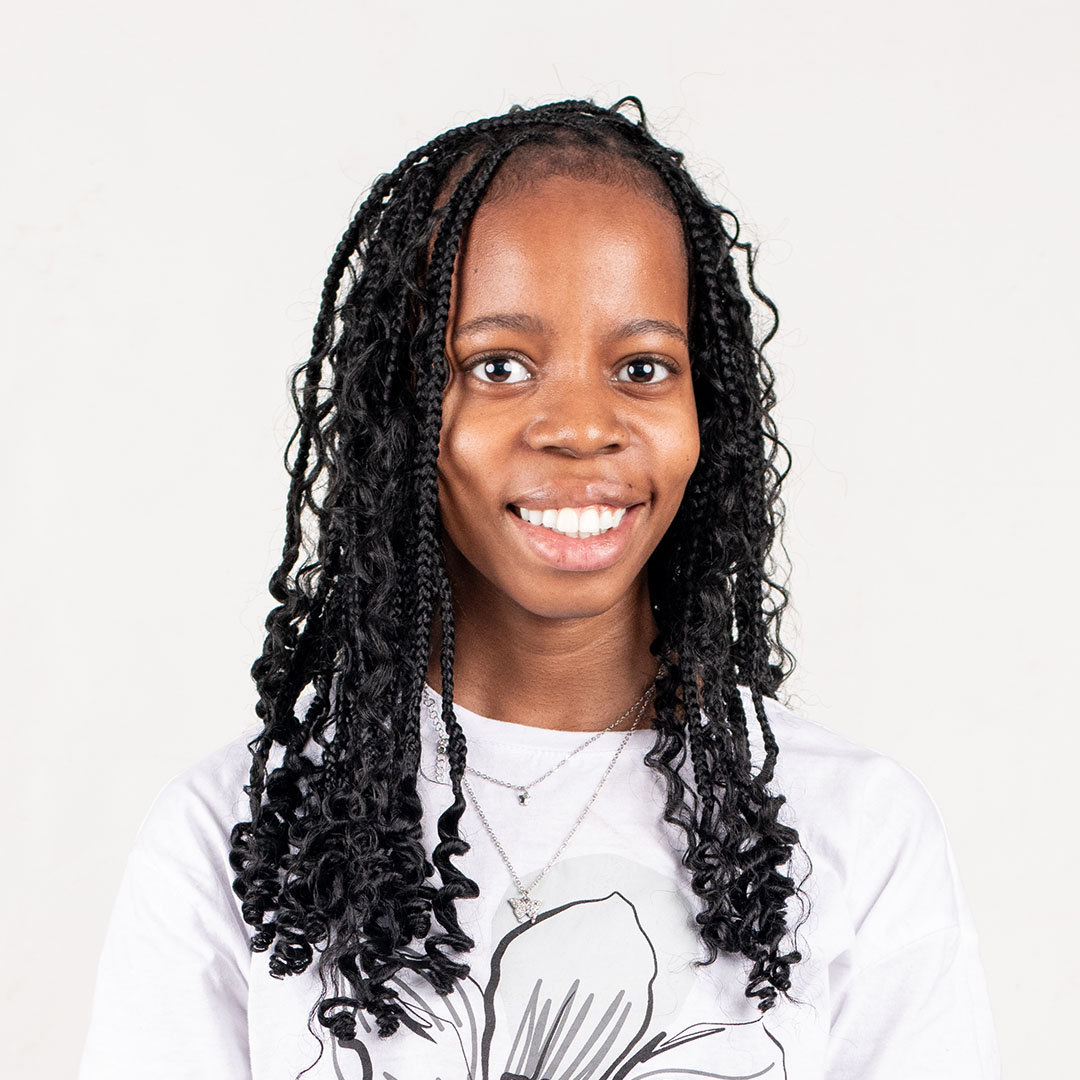How we Celebrated Independence
Capacity Building and Development • 3 min read • Oct 17, 2025 11:31:00 AM • Written by: Tsame Seitsang

From Bechuanaland to Republic of Botswana, chieftaincy rule to democracy, Rands to Pula, what makes our country unique is that throughout these changes, they were all peaceful. Every year on the 30th of September our nation of blue, black and white celebrates independence also known as ‘boipuso.’ this year we were celebrating 59 years of independence since 1966.
Botho (respect), unity, development, self- reliance, democracy and botswerere (excellence and mastery), these are the foundational values we are rooted as a nation.
Boipuso is a reminder that nation progress is built on community well- being. Lehikeng Capacity Building Development saw the importance of bringing together all people under the organisation to be in one space and celebrate.
What We Did on the Day
Our organisation took this to heart as volunteers were eager to celebrate, teach and hep in any way possible to make the day a success. The best discussions, idea sharing and interactions happen over a meal. Volunteers divided themselves according to tasks, some were the chefs of the day, others history teachers and on- site participators.
Activities During the Day
Ravishing food was prepared by volunteers for the big celebration; a colourful plate it was to look at it and devour. each dish symbolized the care, dedication put towards helping our community. Samp(setamapa), rice, butternut, beetroot, coselow, fried meat, grilled meat was the main course of the day a cold squash and cake for the sweet teeth.
The was inclusion of ball games; football, tag, dodgeball even the traditional games were added such as morabaraba, diketo, mhele (traditional chess) which all teach strategic thinking and planning ahead and being able to diversify your game.
The kids arrived around eight in the morning, volunteers on site to whole heartedly receive the kids. The first session was sharing the sharing the gospel of Jesus Christ, this is one of the core values of our organisation to build faith and belief in our community.
The participation and inquisition surrounding this topic is always amazing. This also points us back to Botswana as we are founded on biblical principles and embrace that we are a Christian nation.
Now came the interesting part, questions on the country’s history just to see how much everyone knew. Questions about the former presidents, when independence was granted and by who, the three chiefs.
This really put us as an organisation to be on the spotlight about deepening the kids knowledge on their history as well as embracing it, not just with basic questions but what it truly means to be a Motswana today.
The first president Sir Seretse Khama once said ‘ a nation without a past is a lost nation, and a people without a past is a lost soul.’ It is up to us as pillars in the community to uphold and pass knowledge beginnings as a people to future generations.
History Of Botswana
We all know the story from the colonization days, but before that was a nation which was lead by chiefs, no boarder gates only chiefdom territories. The chiefs were taking each other’s territory but defeating them in battle of bow and arrows, spears and shields.
Britain colonized Botswana in 1885 as a protectorate, to protect them against the Boers of South Africa and other tribes. In 1895, the three chiefs of Botswana namely Khama III, Bathoen I and Sechele I went to England to seek for independence and it was not granted to them in that year but it too a long time, sadly that did not leave to see the day it was granted.
The British named it Bechuanaland Protectorate. In 1921 a chief was born among the Bangwato tribe who would change the history of the nation.
The child of Sekgoma II, chief of the biggest tribe in central Bechuanaland, who passed away in 1925, as in chieftaincy the next in line was his first born but he was a baby, he was Sir Seretse Khama.
His uncle Tshekedi Khama stepped up to fill in the shoes while waiting for Sir Seretse Khama to be of age and take the throne.
As an upcoming chief of the people, he had to educated and knowledgeable he was sent to boarding school in South Africa and later went to Fort Hare University in Eastern Cape and graduated in 1944 and in 1945 he went to Balliol College, Oxford to purse legal studies.
That is where he met his wife Ruth Williams, who was a clerk. Both nations of Britain and Botswana were against the relationship.it was unknown for a man of colour to marry a white woman. They got married in England in 1948.
His own people rejected him because he had married a white woman who was not royalty, a kgotla meeting was called that Sir Seretse Khama must choose between his wife and being a Chief and he chose his wife. He said he would not rule people who do not want him, and that was the birth of democracy in Bechuanaland Protectorate.
1951 Khama was forced into exile by England because of the apartheid in South Africa. In 1956 Khama and his wife were let go to come back to Bechuanaland, he went throughout the country teaching people about what democracy meat and how it could be achieved.
The Botswana Democratic Party( BDP) was formed in 1960 by Sir Seretse Khama, when it came voting time in 1965. Botswana Democratic Party was against Botswana People’s Party ( BPP) and the BDP won the election. Sir Seretse Khama became the Prime Minister then later in 1966 when given independence
Support a program at Lehikeng
Don't Miss Out On Another Cause
Sign up and Join Our Newsletter Today
